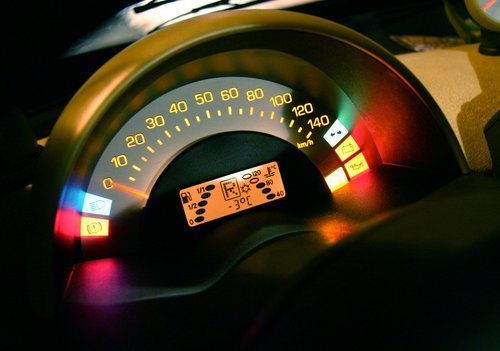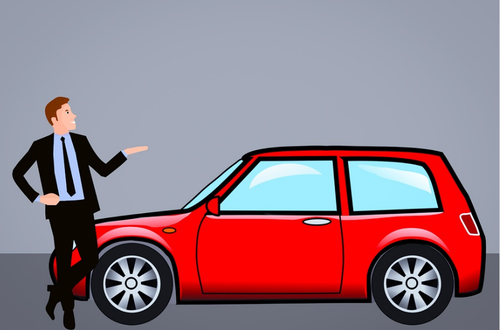
What Causes the Check Engine Light to Come On?
Nothing scares motorists like when the Check Engine light comes on. For the record, the Check Engine light is not the same as the maintenance or service light. The former illuminates when the computer detects a problem in the vehicle’s system. On the other hand, the maintenance or service light illuminates when the car is due for service.
One thing about the Check Engine light is that a minor issue may be the cause, and at times, it could be a more serious issue.
Minor Causes of Check Engine Light
In most cases, the Check Engine light comes on because of minor issues, for example, a loose gas cap. Forgetting to close the gas cap or tightening it too much will definitely cause some issues that will trigger the malfunction indicator lamp. Another minor cause for the Check Engine light is a dead battery or loose terminals.
Major Causes of Check Engine Light
Modern cars have so many sensors that are susceptible to failing. In the event a sensor, for example, a mass airflow (MAF) sensor, crankshaft position sensor, camshaft sensor, or the oxygen sensor fails, the Check Engine light will illuminate. In some cases, it could be the catalytic converter that has failed, or the spark plugs and spark plug wires have fouled. This warning light can also be caused by a vacuum leak or incompatibility with aftermarket alarms and accessories.
What to Do
Well, there are so many things that could cause the Check Engine light to illuminate. Once this light comes on, it’s crucial to determine what is happening to prevent any further damage. The best solution is going for a computer diagnosis, which uses a scanner to generate codes that pinpoint the exact cause of the Check Engine light.





